Polestar’s O2 electric sports car concept is a dynamic drop-top
Polestar O2 concept is the company’s new ‘hero car’, an electric sports car with purist lines, circular manufacturing, and an integral drone – launch it and film your ride
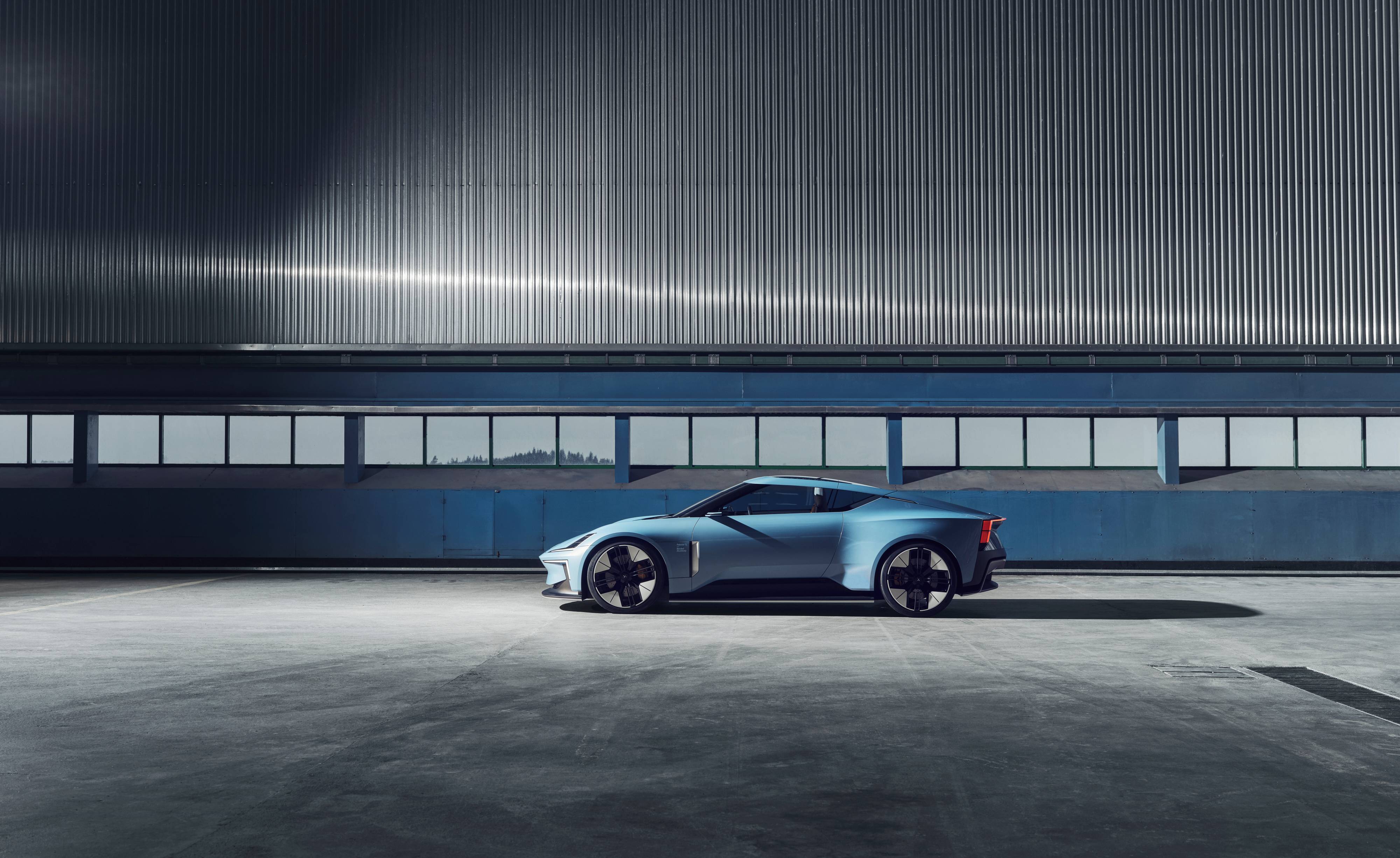
Polestar’s Precept Concept arrived in 2020, showcasing a thoroughly believable and extremely desirable concept for a big EV. The Precept turned out to be a thinly disguised version of the forthcoming Polestar 5 model, due for launch in 2024. Now the company has taken the same sleek design language to another level, showcasing what could be the first open-topped electric cabriolet, the Polestar O2.
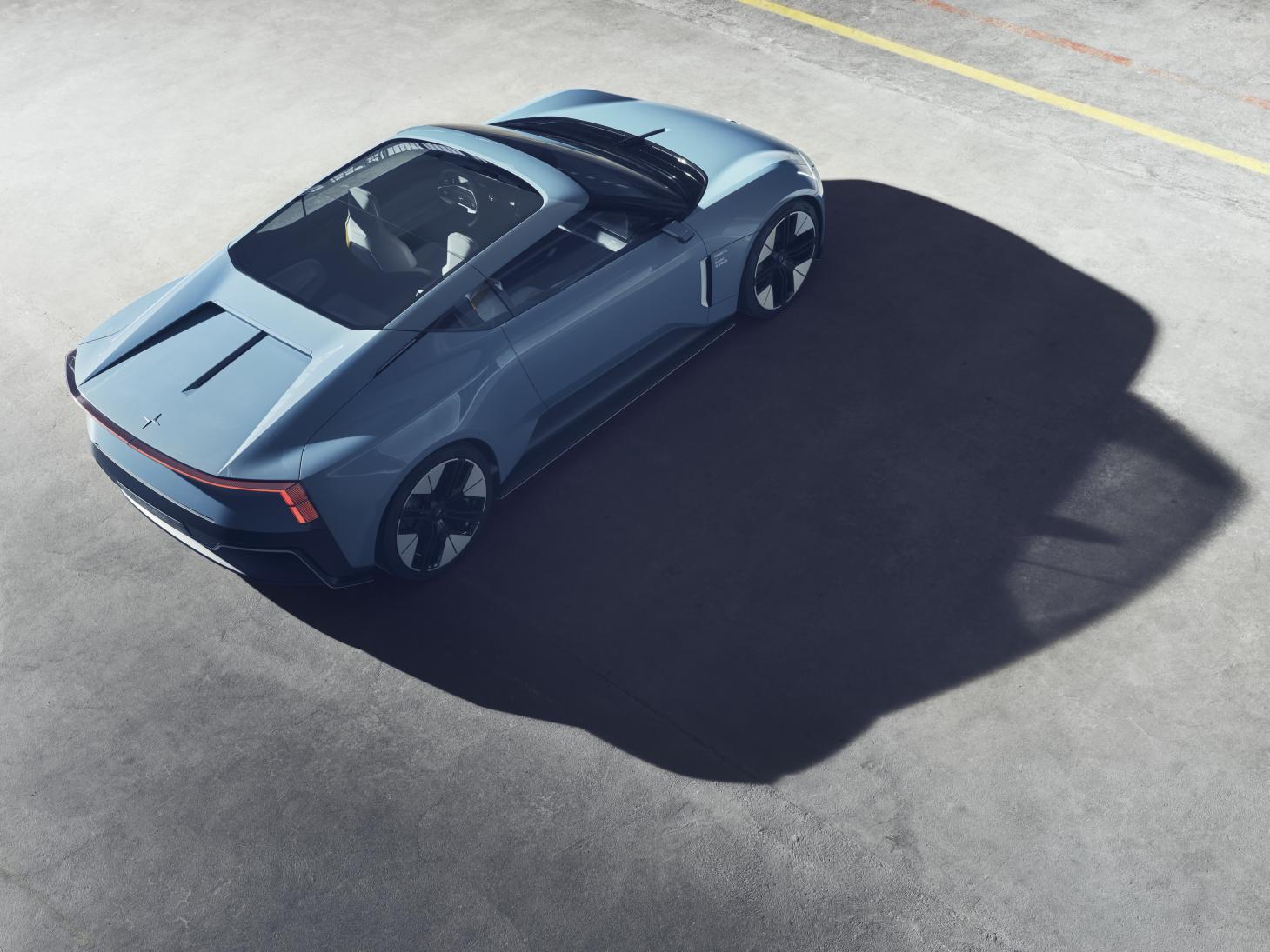
The Polestar O2 concept is an unashamed sports car, which presents an updated version of the classic two-door coupé, taking it into the electric age with beautiful proportions, crisply crimped edges and blade-like detailing. The concept is first and foremost a showcase for the company’s aluminium platform and materials expertise, which is becoming increasingly ambitious in its use of recycled materials.
But there’s also Polestar’s clear desire to create an emotional car, something that can hold its head up amongst some of the great contemporary sports cars.
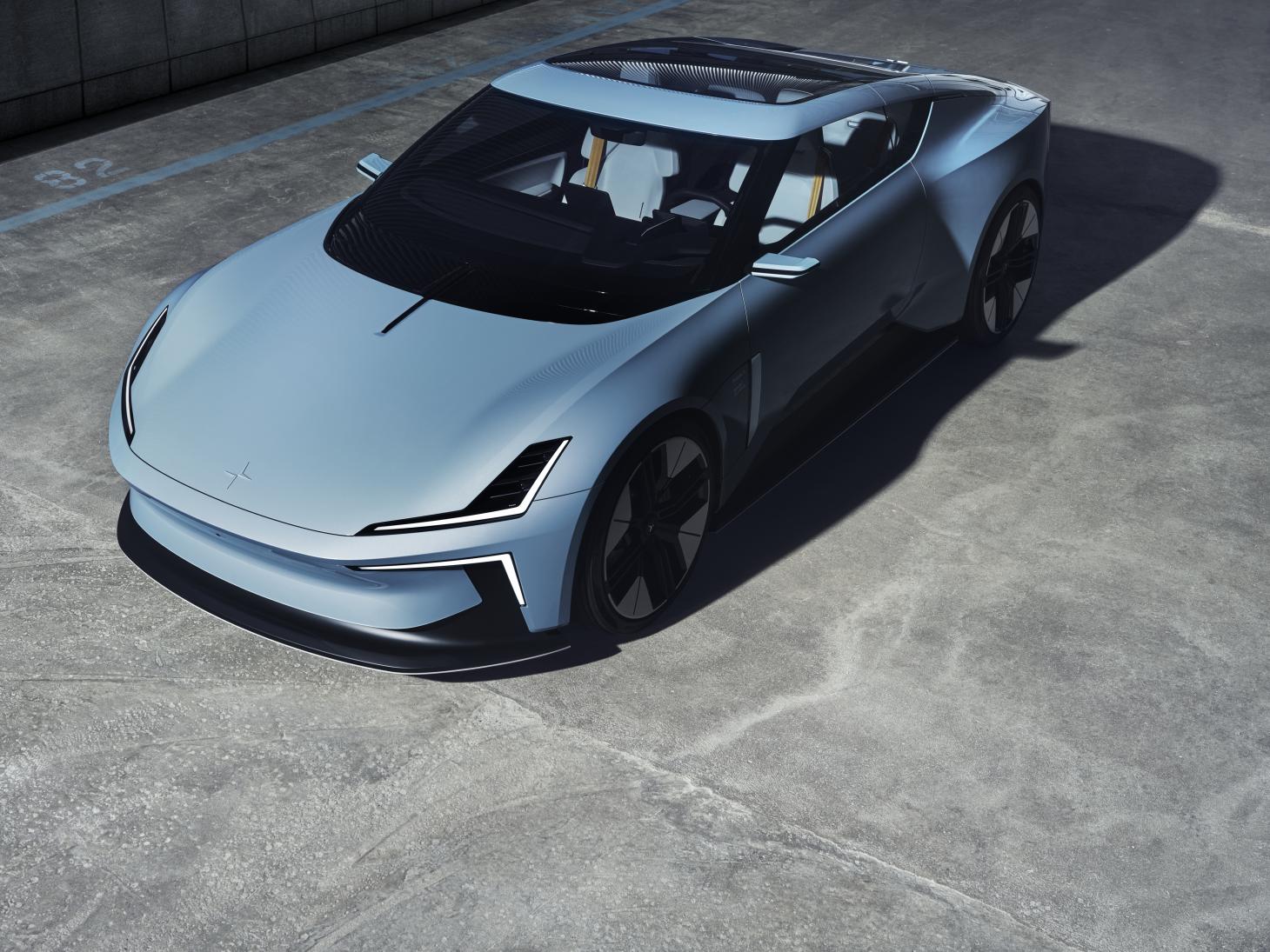
The O2 concept makes the clean lines of the original Polestar 1 look positively antediluvian. The aesthetic is clearly an evolution of the Precept’s purist lines, with a shorter wheelbase and more pronounced rear haunches. There is a hint of the Aston Martin V12 Vantage Zagato in the side profile, especially the visor-like windscreen, and this is spliced with the blunt-edged brutalism of Japanese super-coupés like the Nissan GTR.
The end result is all original, and far more than the sum of its influences.
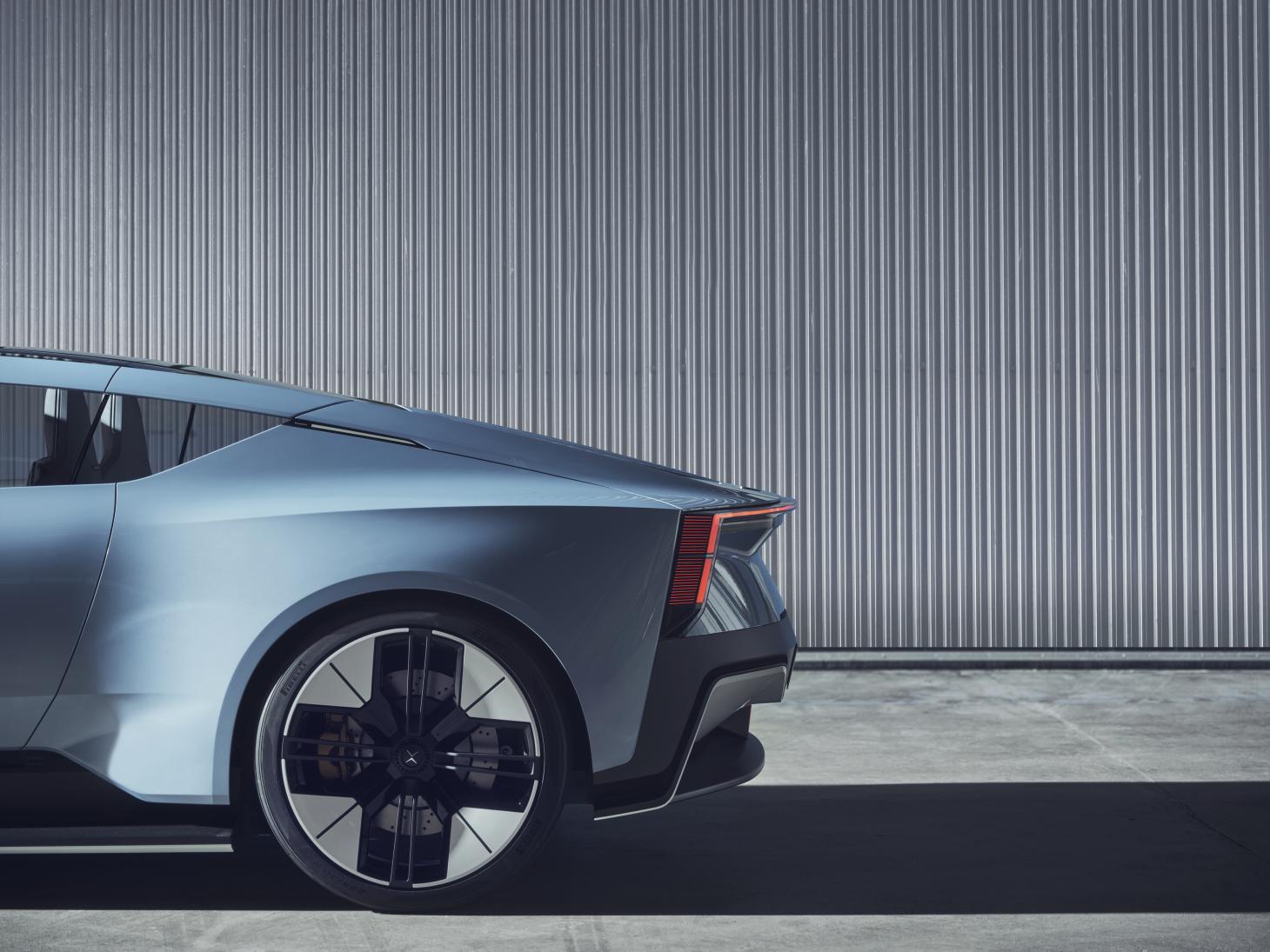
Crucially, it’s electric, so the raucous rumble of those petrol-powered ancestors has been confined to history. The O2 concept is also a hard-top convertible, with removable large glass roof panels to open up the 2+2 cockpit.
Whereas some companies laud their cabriolet models as a way of getting closer to the roar of the engine, Polestar is characteristically effusive about the absence of sound. Its vision of open-top motoring is as a way of getting closer to nature.
Receive our daily digest of inspiration, escapism and design stories from around the world direct to your inbox.
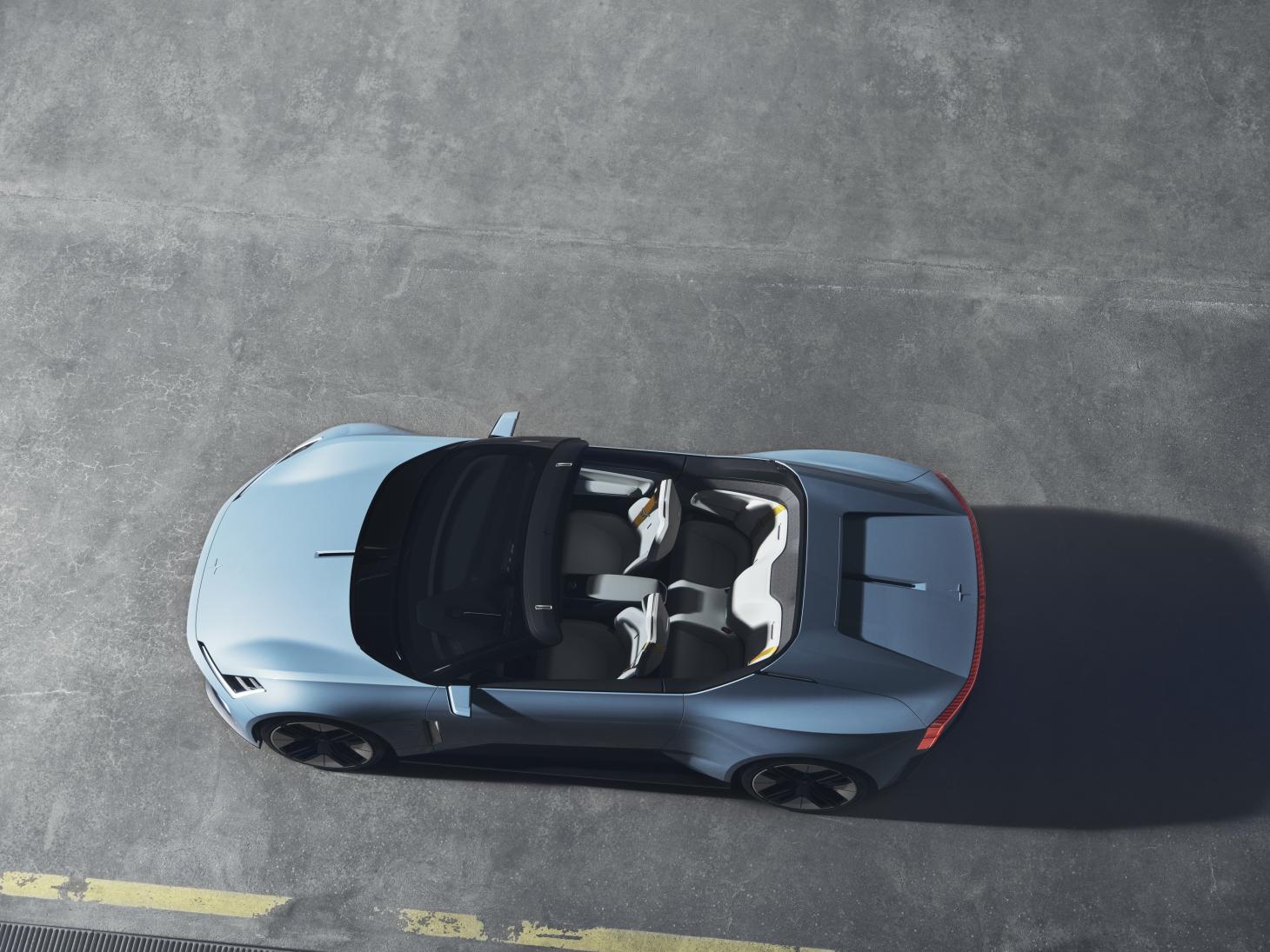
Polestar’s CEO, Thomas Ingenlath, describes the Polestar O2 as a ‘hero car’ for the brand. ‘It opens the door to our secret chamber of future potential,’ he adds, tantalisingly.
Maximilian Missoni, the company’s head of design, and his team have created a coupé that is coherent and credible.
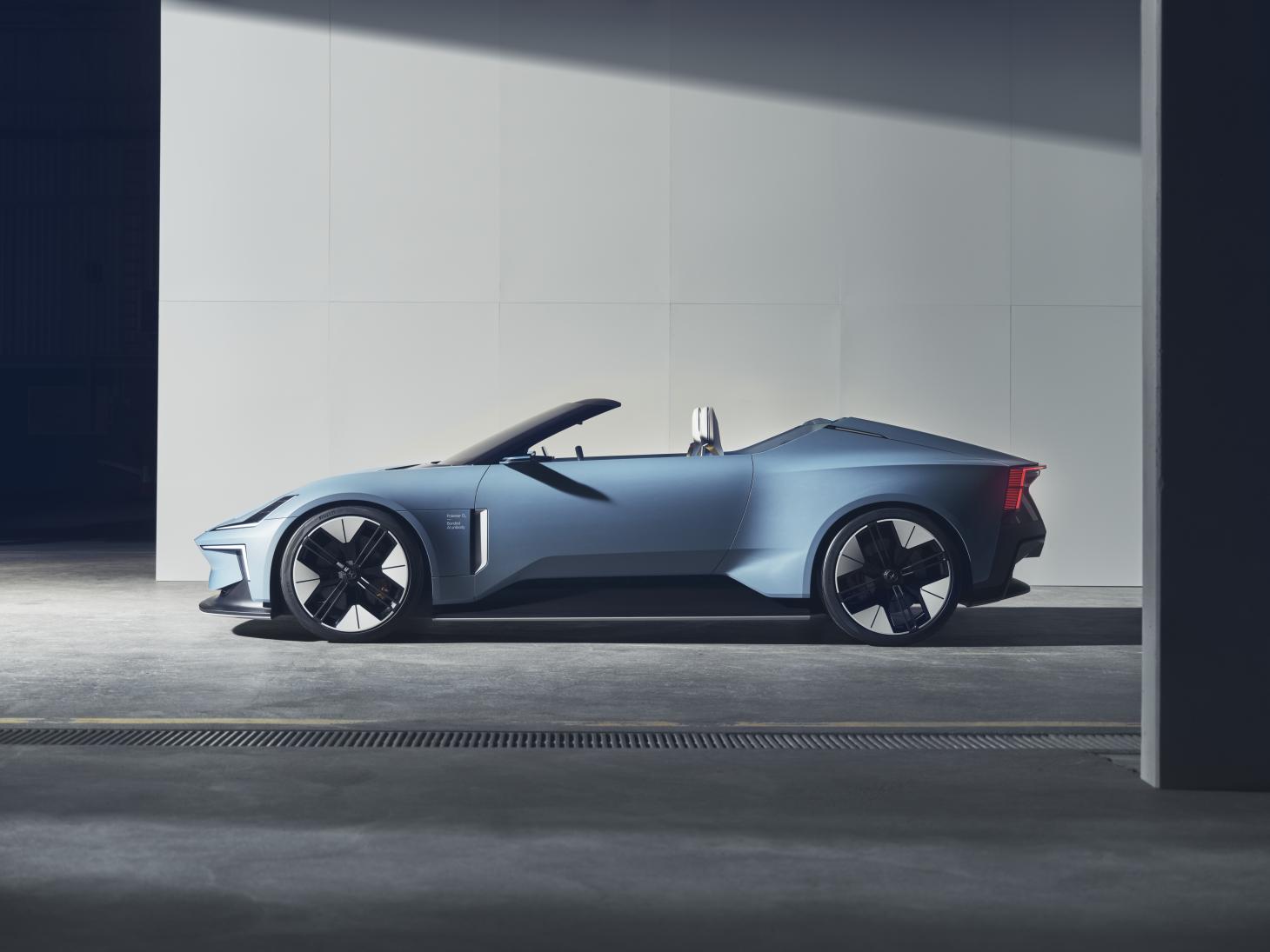
The design incorporates subtle but effective aerodynamic tricks (like the rear lights that double up as air blades to smooth the flow of air off the car) as well as a focus on ‘mono-materials’.
Polestar, which is placing more and more emphasis on circular manufacturing, takes one base material – such as recycled polyester – and then transforms it into a number of different interior components as a way of cutting down on waste and making recycling easier.
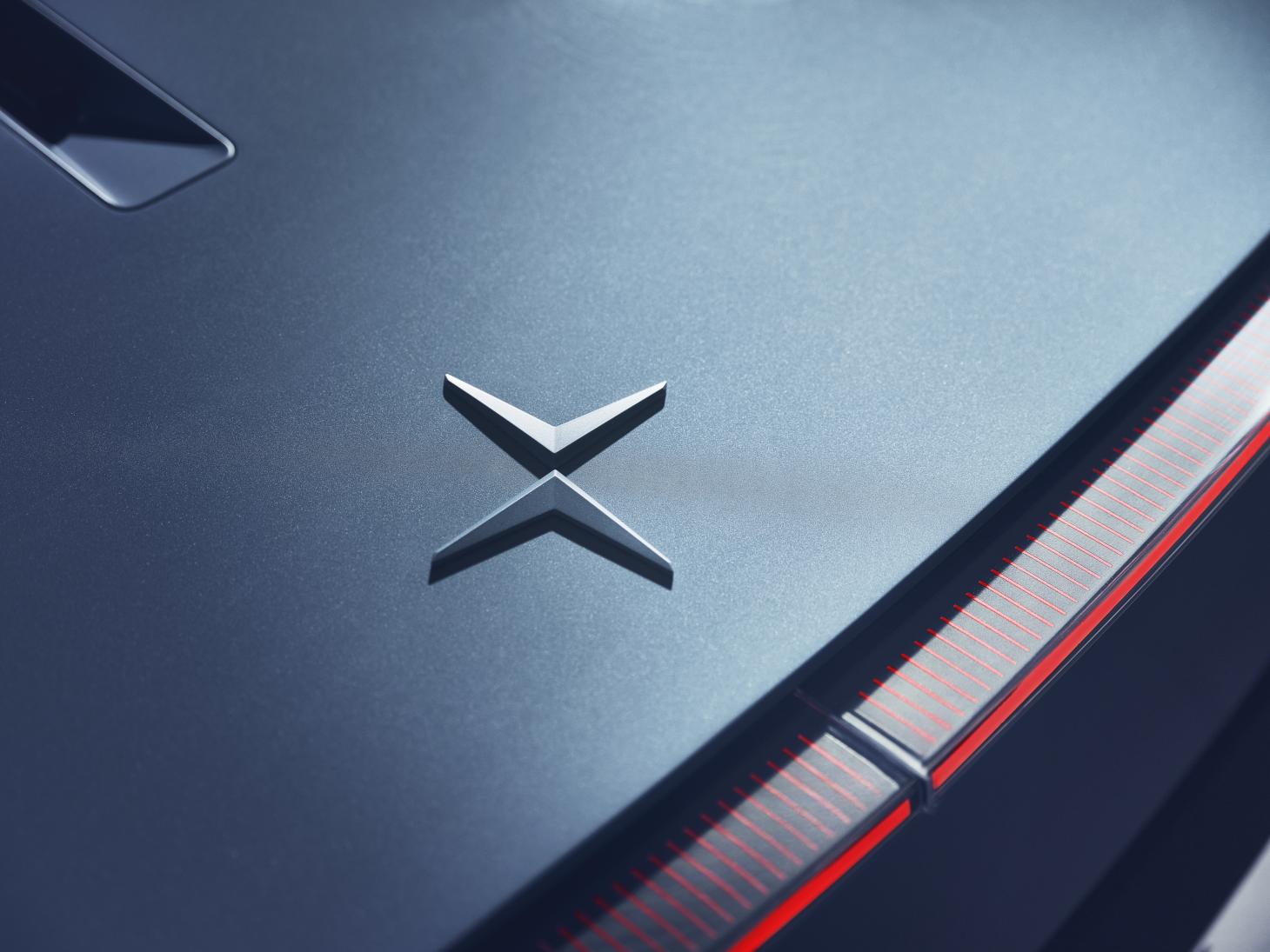
One element of the concept that stays true to the fanciful nature of show cars is the integral drone. Polestar isn’t the first car company to stick a drone in a concept – Land-Rover got there first – but the idea is that you can launch the autonomous machine from its dock whilst driving in order to capture footage of your journey.
The little flying machine is meant to fly above and behind the car at speeds of up to 90km/h, before returning to base and uploading the footage into the dashboard screen.
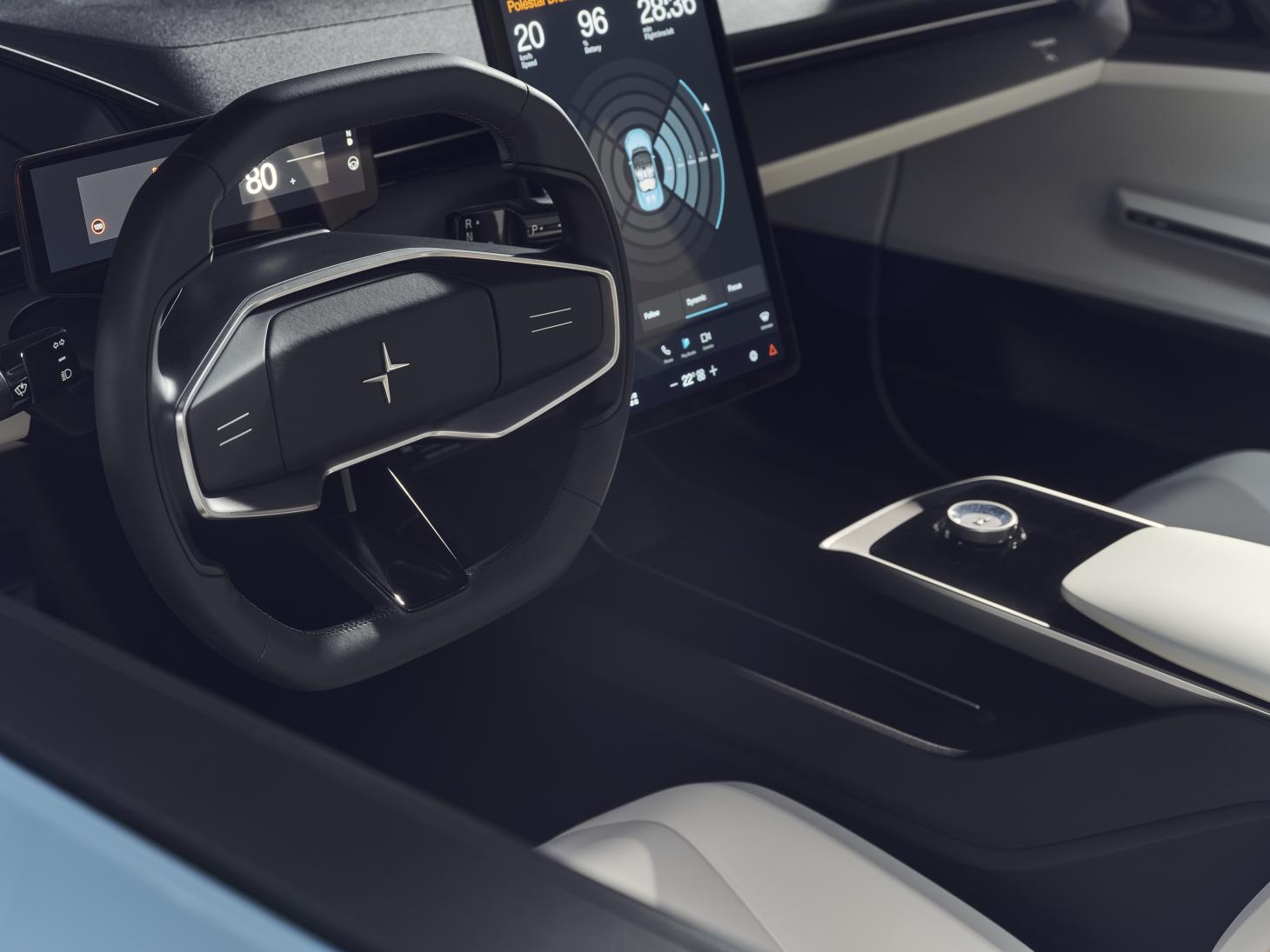
The company took the trouble to issue a hefty disclaimer that absolves it of any comeback if any of these ‘forward looking statements’ don’t come to pass.
Most people know full well that a concept is exactly that, conceptual. However, Polestar has a fine track record of turning out suspiciously well-finished future visions and then transforming them into reality. Here’s hoping.
INFORMATION
Jonathan Bell has written for Wallpaper* magazine since 1999, covering everything from architecture and transport design to books, tech and graphic design. He is now the magazine’s Transport and Technology Editor. Jonathan has written and edited 15 books, including Concept Car Design, 21st Century House, and The New Modern House. He is also the host of Wallpaper’s first podcast.
-
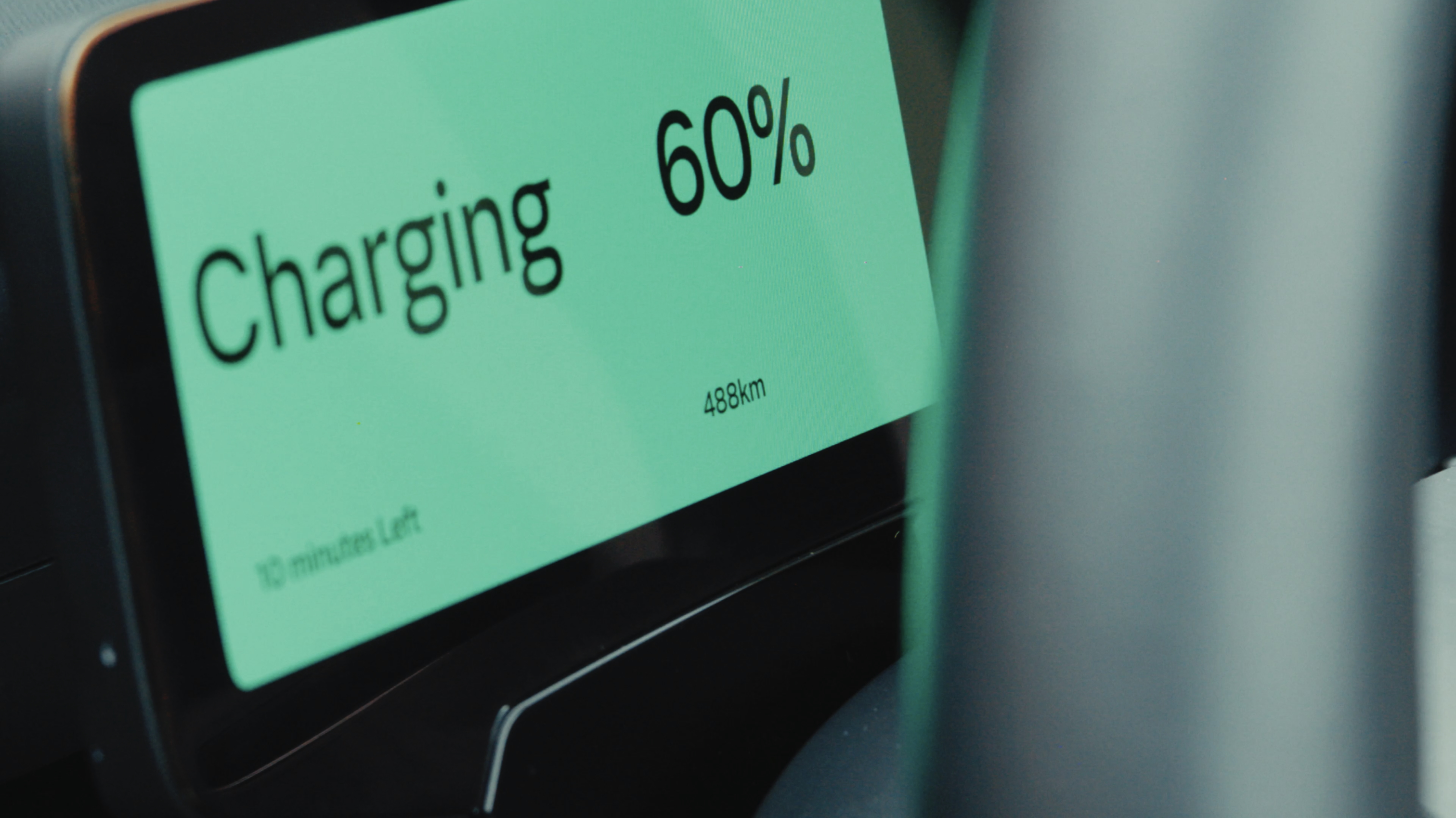 Volvo’s quest for safety has resulted in this new, ultra-legible in-car typeface, Volvo Centum
Volvo’s quest for safety has resulted in this new, ultra-legible in-car typeface, Volvo CentumDalton Maag designs a new sans serif typeface for the Swedish carmaker, Volvo Centum, building on the brand’s strong safety ethos
-
 We asked six creative leaders to tell us their design predictions for the year ahead
We asked six creative leaders to tell us their design predictions for the year aheadWhat will be the trends shaping the design world in 2026? Six creative leaders share their creative predictions for next year, alongside some wise advice: be present, connect, embrace AI
-
 10 watch and jewellery moments that dazzled us in 2025
10 watch and jewellery moments that dazzled us in 2025From unexpected watch collaborations to eclectic materials and offbeat designs, here are the watch and jewellery moments we enjoyed this year